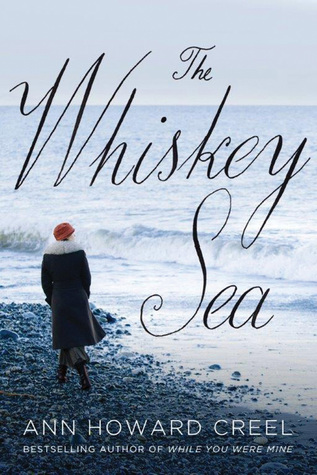Today I have the pleasure of welcoming author Carl Schmidt to Melissa Lee's Many Reads. He will be sharing his thoughts on "Writing with Humor". Also be sure to check out his mystery novel "Dead Down East".
Writing With Humor(by Carl Schmidt)
Apologies and compliments are two remarkably effective
devices for disarming adversaries in life and hecklers in bars. If you consider
the socially adept people you know, you’ll see that they use these two conversational
tools frequently and with ease. I remember the first time it fully dawned on me
how valuable they could be.
Angele and I had
been dating for a couple of weeks. Our next planned event was scheduled for
Saturday night. So I was a bit surprised when she arrived unexpectedly at my
place on Tuesday evening. I guess she decided that there was something that
couldn’t wait until the weekend. The moment she walked through the front door,
I began to suspect what that “something” was. She had a gleam in her eyes that
seared me from the inside of my nimble imagination right down to my insteps. I
surmised that she was either ovulating, or she had a sudden urge for a tour of
the Thorpe habitat. I began to mentally review the floor plan of the house.
“Now, where is my bedroom?” I thought. “I know it was here this
morning.”
Carl Schmidt (Author of Dead Down East)
 Carl Schmidt graduated from Denver
University with a degree in mathematics and physics. As a Woodrow Wilson Fellow
he studied mathematics at Brown University.
Carl Schmidt graduated from Denver
University with a degree in mathematics and physics. As a Woodrow Wilson Fellow
he studied mathematics at Brown University.
Carl lived and traveled widely throughout
Asia for seven years, including two years as a Peace Corps volunteer in the
Philippines and five years in Japan, where he taught English.
Carl has spent dozens of summers in Maine,
on lakes and in the woods. He chose it as the setting for this novel because he
loves its rugged natural beauty and the charming idiosyncrasies of Mainers. He
has also written and recorded three musical albums. This, along with his formal
education, proved invaluable when molding the persona and voice of Jesse
Thorpe, the narrator of Dead Down East, and endowing him with both a
creative eye for detail and a sense of humor.
Dead Down East is the first novel in the Jesse Thorpe Mystery Series, which
includes A Priestly Affair and Redbone. In 2001, New Falcon Press published his non-fictional
book, A Recipe for Bliss: Kriya Yoga for a New Millennium.
Currently, he is a freelance writer living
in Sedona, Arizona with his lovely wife, Holly, and their faithful German
shorthaired pointer, Alize.
Links:
Dead Down East (by Carl Schmidt)
 Dead Down East, a fictional murder mystery, is both detective noir and smart
screwball comedy rolled into one. Jesse Thorpe, a young private investigator
operating out of Augusta, Maine, receives a mysterious phone call from a former
client, Cynthia Dumais. She begs to be
rescued from an island south of Brunswick, within a mile of where William
Lavoilette, the governor or Maine, was assassinated the night before. She insists
that her life is in danger, but is unwilling to provide any further
information. Reluctantly, Jesse goes to fetch her.
Dead Down East, a fictional murder mystery, is both detective noir and smart
screwball comedy rolled into one. Jesse Thorpe, a young private investigator
operating out of Augusta, Maine, receives a mysterious phone call from a former
client, Cynthia Dumais. She begs to be
rescued from an island south of Brunswick, within a mile of where William
Lavoilette, the governor or Maine, was assassinated the night before. She insists
that her life is in danger, but is unwilling to provide any further
information. Reluctantly, Jesse goes to fetch her.
Within a week, Jesse has three separate
clients, each with his, or her, own desperate need to have the murder solved.
He assembles a motley team of compadres, including rock band members, a tie-dye
psychic and his rousing girlfriend, Angele Boucher, to help him with the case.
While the FBI and the Maine State Police investigate political motives, Jesse
looks for the woman—Cherchez la Femme—as the trail draws him through the lives,
and DNA, of the governor’s former mistresses.
Fresh, witty and loaded with eccentric
characters, this first novel in the Jesse Thorpe Mystery Series is both clever
and stylish. It’s an old-school private eye tale with inventive twists and
local charm. If you enjoy a well-crafted and zesty narrative, lively banter, or
take pleasure in the company of Mainers, you’ll love Dead Down East.


























